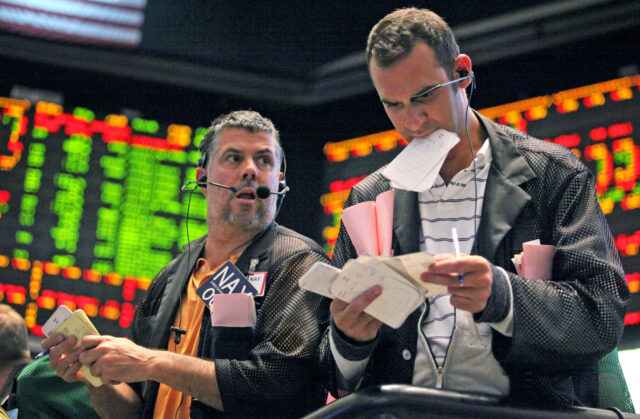The inverted gap between short-term and longer-term U.S. Treasuries grew even wider on Monday, nearing the recent high hit in December.
The yield on two-year Treasuries was 82 basis points above the yield on 10-year Treasuries midday on Monday, substantially wider than the 77 basis point gap on Friday.
In December, the gap widened to 84 basis points.
This is referred to as an “inverted yield curve” because ordinarily longer-term bonds have higher yields than shorter-term bonds. An inverted yield curve is considered a reliable sign that a recession is looming because it indicates that investors expect a rate cut in the future.
The two-10 yield curve has been inverted since July. Inversions last 13 months, on average, according to Joe Lavorga, the chief economist at SMBC. The three-month to 10-year yield curve, considered by some economists to be an even more reliable indicator of a coming recession, has been inverted since October. bonds

COMMENTS
Please let us know if you're having issues with commenting.